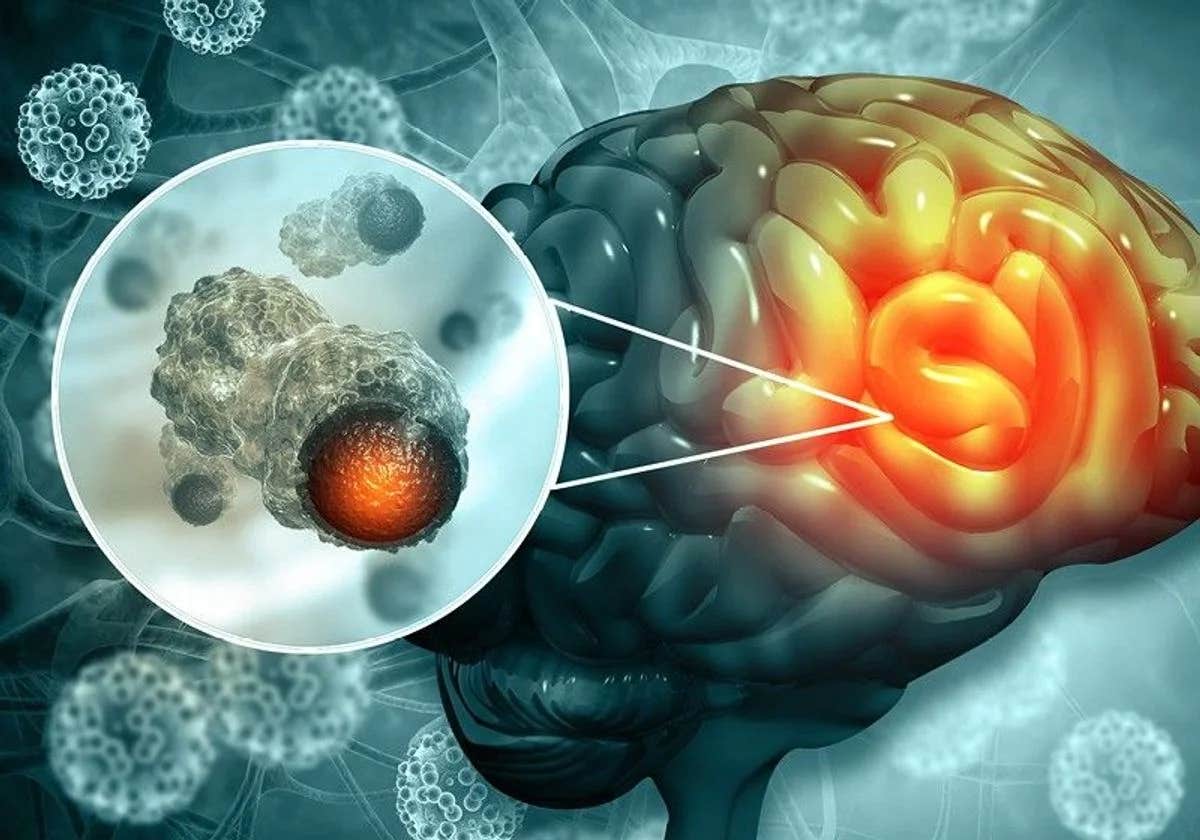This One Vaccine Erased an Aggressive Brain Tumor — Without Chemo or Radiation
When it comes to brain cancer, few diagnoses are more devastating than glioblastoma. Often described as one of the most aggressive and lethal forms of cancer, glioblastoma has resisted conventional treatment for decades. Most patients face a grim outlook, with median survival rates rarely stretching beyond 15 months, even with surgery, chemotherapy, and radiation combined.

But a single personalized shot—no chemotherapy, no radiation—may have just rewritten everything we thought we knew about cancer treatment.
A Life Rewritten by Science
A woman in her 50s had been diagnosed with glioblastoma, a cancer so formidable that it leaves patients and doctors with few viable options. But instead of undergoing the traditional exhausting rounds of chemo and radiation, she enrolled in a clinical trial testing a new kind of vaccine. One that wasn’t just generic—this vaccine was built specifically for her tumor.
And today, more than two years later, she is completely cancer-free.
This result isn’t a miracle. It’s science. And it’s the product of years of quiet, groundbreaking work being done at Brigham and Women’s Hospital, a leading medical institution in Boston. Researchers there have been developing a new wave of personalized mRNA cancer vaccines, designed to identify and attack the unique mutations found in each individual tumor.
How the Vaccine Works
The vaccine in question wasn’t made for “brain cancer” in general—it was made for her brain cancer.
Researchers used tissue taken from her tumor and combined it with insights from her genetic code. Then, using mRNA technology (the same foundation behind the COVID-19 vaccines), they created a customized formula. Its mission? Train her immune system to recognize and destroy cells carrying her tumor’s specific genetic mutations.
In simple terms, the vaccine taught her body to see the cancer as a threat—and destroy it from within.
No Chemo. No Radiation. Just a Single Shot.
The patient received just one dose. Unlike traditional cancer treatments, which often devastate the body with side effects, this approach was designed to work quietly and precisely.
Over the course of months, her immune system began targeting the tumor cells. The mass shrank. And then, it disappeared entirely.
Follow-ups over the next two years revealed no signs of cancer recurrence—an unheard-of result in glioblastoma treatment.
Why This Matters
There have been massive strides in cancer research over the past two decades, but glioblastoma remains one of the few cancers that medicine has failed to tame. Treatments like radiation and chemotherapy can slow its progress, but they rarely lead to long-term remission.
This case, while early, signals a different future.
Instead of bombarding the entire body with toxic chemicals, science is now exploring ways to teach the body how to fight cancer itself—with tailored precision.
Personalized mRNA vaccines represent a future where cancer treatment becomes targeted, less invasive, and dramatically more effective.
The Path Ahead
It’s important to understand that this is still an early-stage trial. While the outcome is extraordinary, researchers caution that larger studies are required to confirm efficacy across broader populations.
Still, this single result has already opened the door to something previously thought impossible: curing one of the most deadly brain cancers with just a shot.
The implications don’t stop at glioblastoma. This same technology is being adapted to address multiple forms of cancer, from melanoma to lung tumors. Personalized cancer vaccines could one day become a frontline treatment—crafted for every patient, using their own DNA and tumor profile as the blueprint.
A Shift in Medical Possibilities
This success story isn’t just a step forward in oncology. It’s a signal of a major turning point in how we think about disease treatment.
For decades, we’ve used broad-spectrum tools—drugs and therapies that attack everything in sight. The next era of medicine is about precision. It’s about designing treatments for you, not just your disease.
And that future is no longer theoretical. It has already begun.
Sources:
Brigham and Women’s Hospital, STAT News, National Cancer Institute, Nature Reviews Cancer